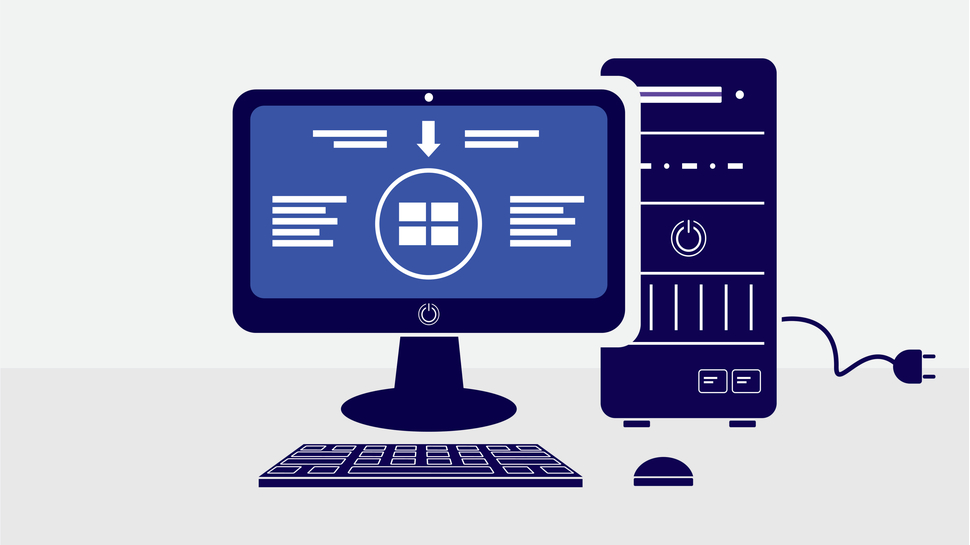Some Windows 10 updates will soon be force installed, whether you like it or not
Automatic Windows 10 update will retire version 1903

Later this month, Microsoft will begin to forcibly install Windows 10 updates on devices running certain outdated versions of the operating system.
In light of the fact Windows 10 version 1903 has already reached end of service, remaining users will be automatically updated to version 1909, whether they like it or not.
By spring 2021, meanwhile, users of version 1909 will be required to make the switch to Windows 10 2004, released back in May.
- Here's our list of the best business computers around
- Check out our list of the best business laptops available
- We've built a list of the best mobile workstations out there
Affected users will be notified of the need to upgrade via a notice on the Windows Update settings panel, where they can also trigger the necessary update manually ahead of the hard deadline.
Mandatory Windows 10 updates
While being forced to upgrade to a different edition of Windows 10 might rub some users up the wrong way, the decision has been made with the best interests of users at heart.
Beyond end of service (December 8, for version 1903), Windows 10 versions no longer receive important security updates that patch up newly discovered attack vectors and shield against novel malware strains. By forcing users to upgrade to supported versions, Microsoft is minimizing the likelihood of a successful attack.
For many users, Windows 10 updates are installed automatically. But anyone that believes they may be lagging behind can install available updates manually via the Windows Update menu. Alternatively, Windows 10 updates can be installed using ISO images, although this method is a little more advanced.
Are you a pro? Subscribe to our newsletter
Sign up to the TechRadar Pro newsletter to get all the top news, opinion, features and guidance your business needs to succeed!
Although Microsoft releases regular Windows 10 updates, delivering minor quality of life improvements and security fixes, major new editions of the OS are released on a biannual basis.
The latest Windows 10 feature update (known as Windows 10 20H2) began rollout in October, introducing a new theme-aware Start menu, more robust Alt + Tab functionality and wider improvements to the user interface.
The update was also the first to make Edge Chromium the default browser on Windows 10, overwriting the now-defunct HTML-based Edge Legacy automatically.
The next version, Windows 10 21H1, is expected to land in late spring of next year.
- Here's our list of the best Windows 10 Pro laptops right now
Via Windows Latest

Joel Khalili is the News and Features Editor at TechRadar Pro, covering cybersecurity, data privacy, cloud, AI, blockchain, internet infrastructure, 5G, data storage and computing. He's responsible for curating our news content, as well as commissioning and producing features on the technologies that are transforming the way the world does business.